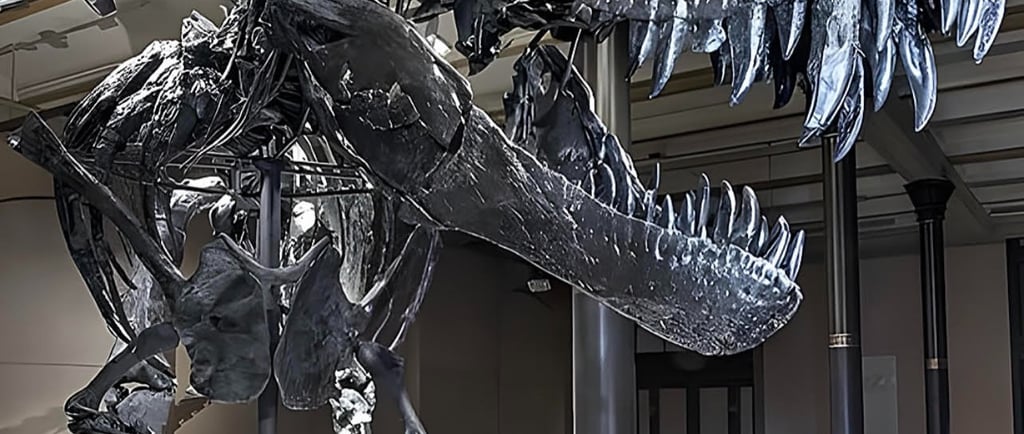Tristan Otto: The Return of One of the Largest Dinosaur Skeletons to the Berlin Natural History Museum


Introduction to Tristan Otto
The Berlin Natural History Museum has captivated dinosaur enthusiasts for decades, and now, one of its most remarkable exhibits is set to return. Tristan Otto, a stunning skeleton of a Tyrannosaurus rex, is acknowledged as one of the largest dinosaur specimens ever discovered. This iconic dinosaur skeleton will soon grace the museum once more, drawing the attention of visitors from around the globe.
The Significance of Tristan Otto
Tristan Otto is not just a skeleton; it represents a significant contribution to our understanding of the late Cretaceous period. Unearthed in the Hell Creek Formation of Montana, USA, this extraordinary specimen measures over 12 meters long and stands over 4 meters tall at the hips. With approximately 170 bones, including a nearly complete skull, Tristan Otto has provided essential insights into the anatomy and behavior of the Tyrannosaurus rex.
This iconic dinosaur skeleton allows paleontologists to study various aspects of the species, from its diet and hunting techniques to its growth patterns and social behavior. Managing to piece together the life story of such a massive creature has proven invaluable for the scientific community. Each discovery surrounding Tristan Otto contributes to an enhanced understanding of the ecological dynamics that existed during the time of the dinosaurs.
The Return to the Museum
After a successful international tour, Tristan Otto is making its way back to where it belongs—the Berlin Natural History Museum. This event marks a jubilant moment not only for the institution but also for scientists and dinosaur enthusiasts eager to see one of the largest dinosaur skeletons in history once again on display. The museum has announced an exciting series of programs to celebrate the return of Tristan Otto, including educational workshops, guided tours, and lectures by leading paleontologists.
The reinstallation of the skeleton is an excellent opportunity for visitors to delve deeper into the world of dinosaurs, especially the awe-inspiring Tyrannosaurus rex. Museum-goers will certainly find themselves in admiration of how life may have been millions of years ago and the ongoing research that keeps unveiling the mysteries of these prehistoric giants.
In conclusion, the return of Tristan Otto to the Berlin Natural History Museum serves as a reminder of our enduring fascination with dinosaurs. As one of the largest dinosaur skeletons ever found, Tristan Otto not only enriches the museum's collection but also acts as a catalyst for education and curiosity about our planet's ancient history. Visitors are encouraged to take part in this once-in-a-lifetime opportunity to learn about these magnificent creatures and gain insights that continue to shape our scientific understanding of the past.
